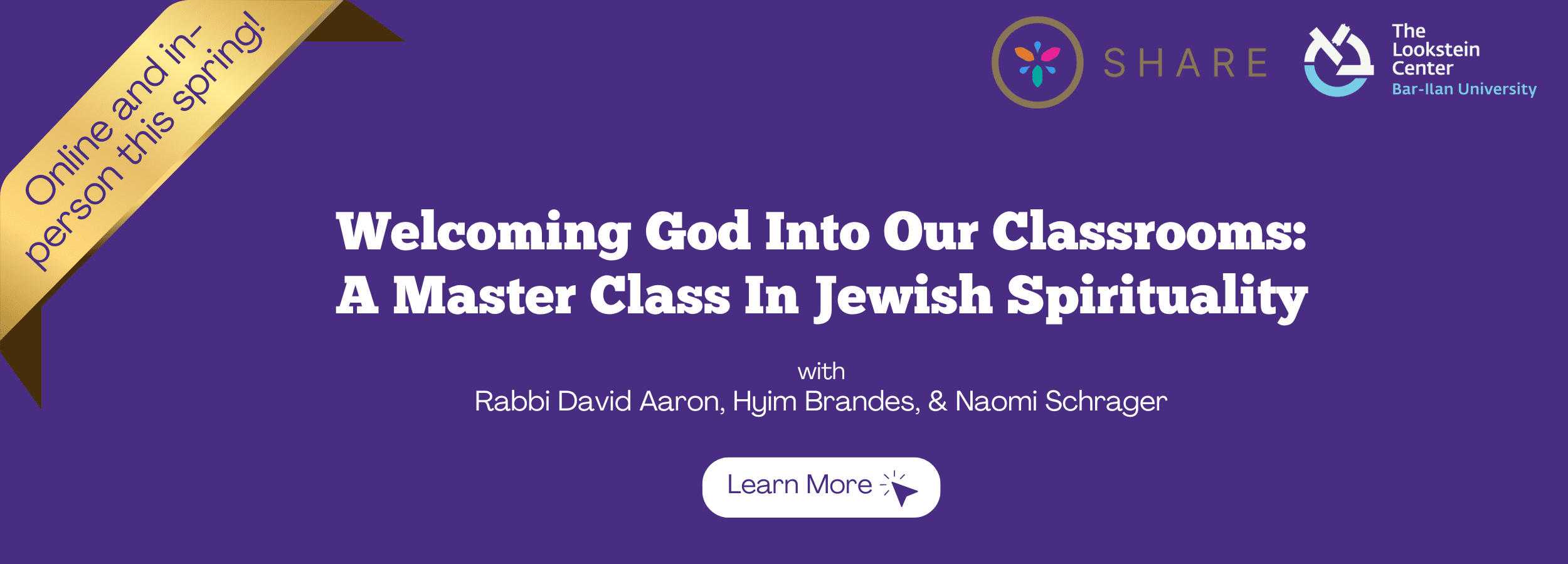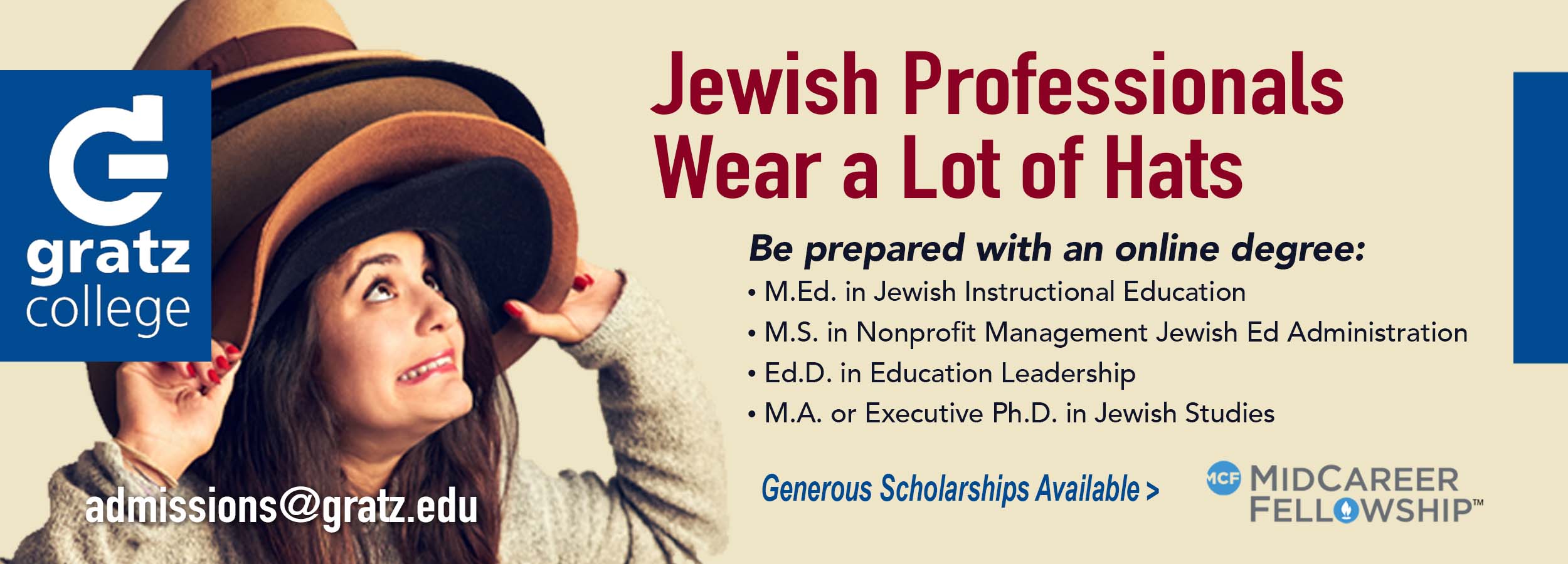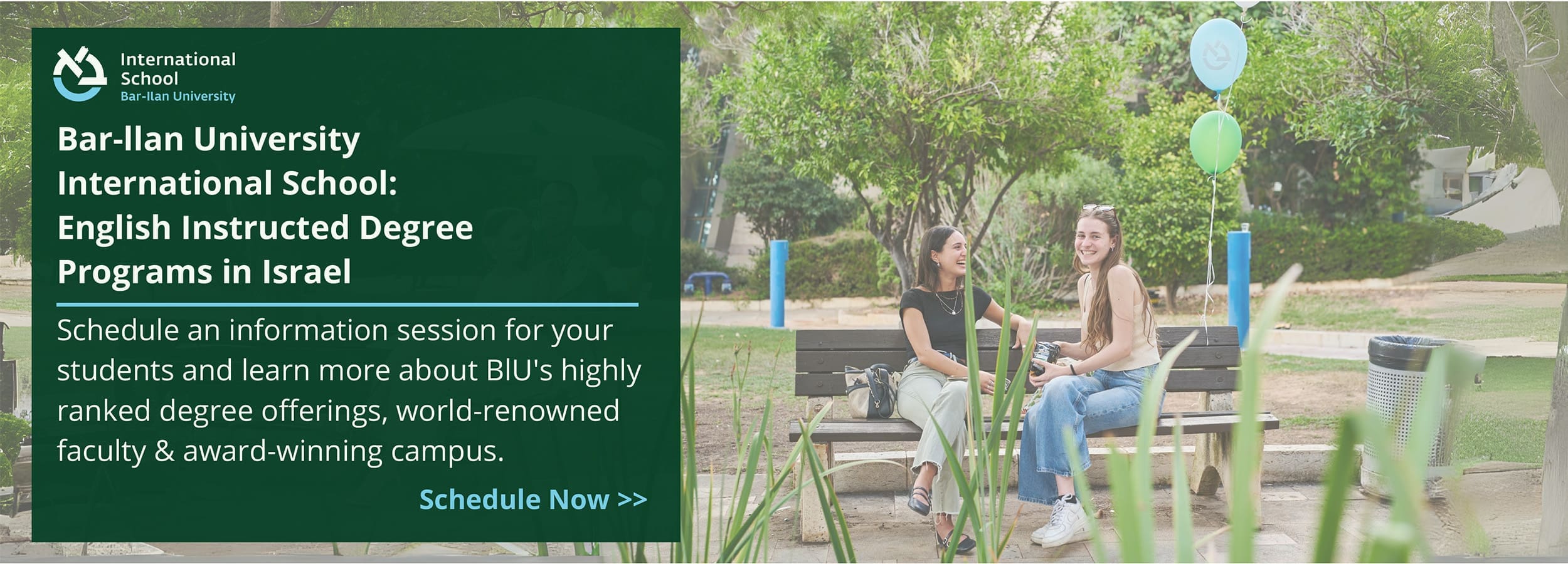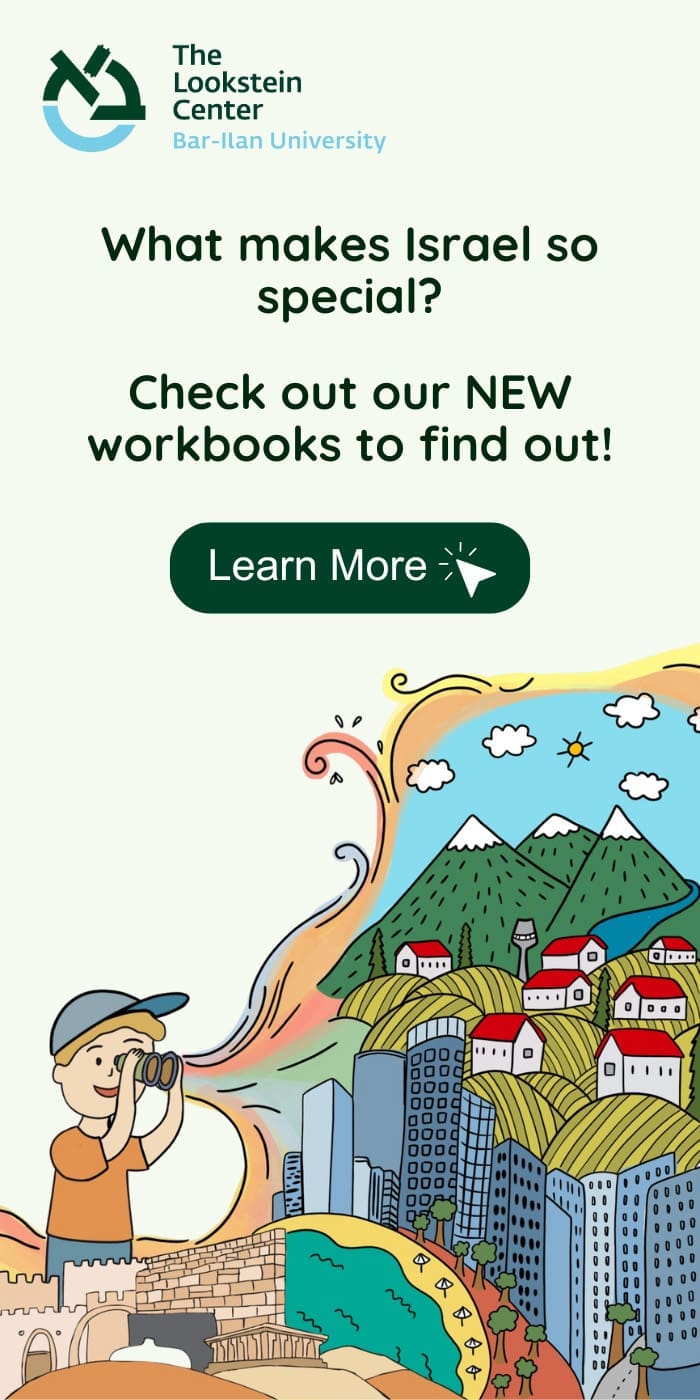From Consumption to Production: Equipping Students to Create Torah
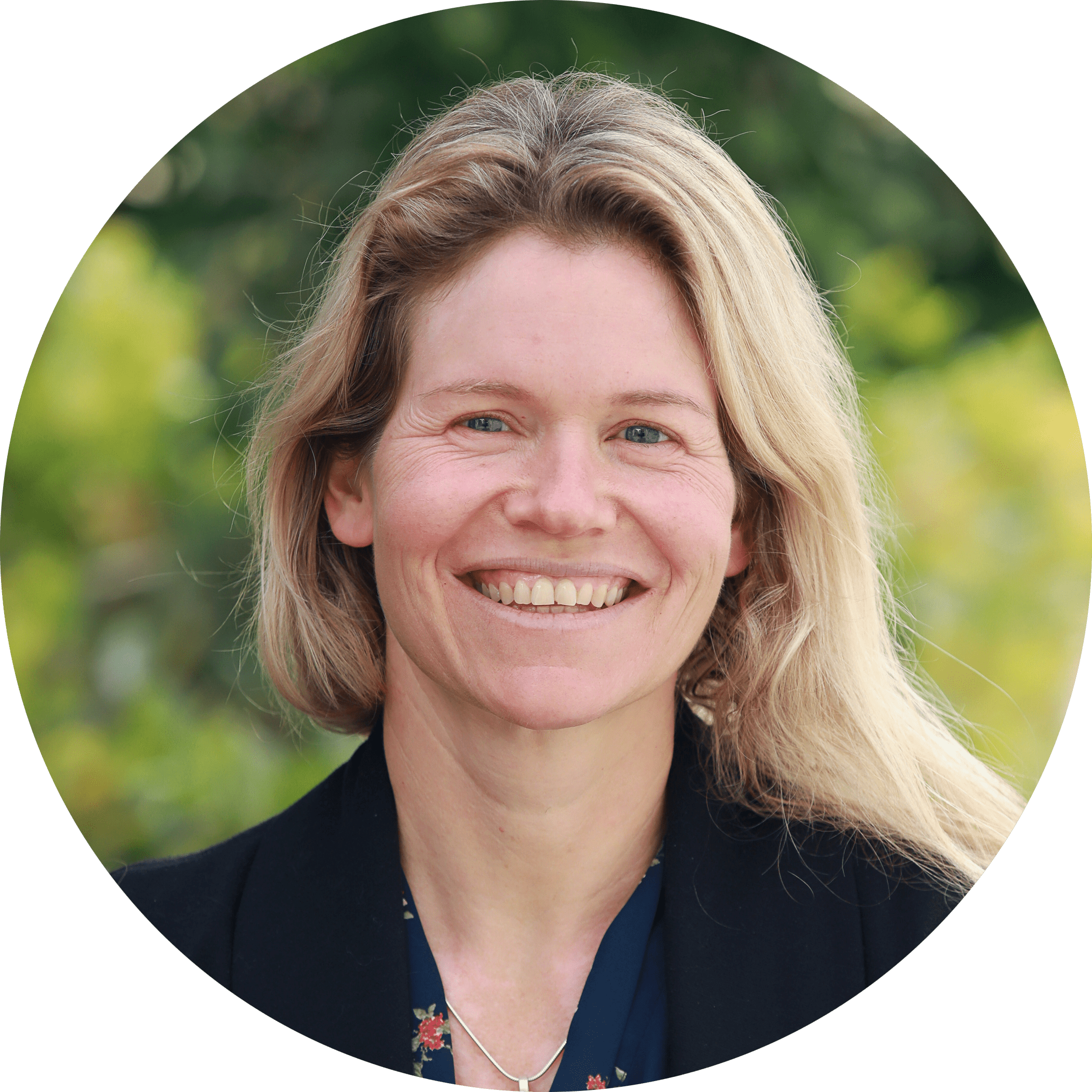
Tamar Rabinowitz earned her BA and MA at Hebrew University while studying at Matan and later at Pardes. She has taught Tanakh for more than two decades and is currently Dean of Jewish Studies and Hebrew at the Jewish Community High School of the Bay.
In the realm of Tanakh education, there is a tendency to focus on the consumption of Torah knowledge, where students engage in the study, understanding, and analysis of sacred texts. While amassing a critical base of knowledge is undeniably essential, I believe that shifting from students-as-consumers to students-as-producers—in which students not only absorb the teachings but also create and contribute their own interpretations and insights that can be shared publicly—is equally essential. How can we teach students to produce a deep analysis of Torah and not just consume others’ commentary? How do we encourage students to think for themselves while teaching other valuable lessons in the process? This paper aims to explore the methods and pedagogical strategies necessary to equip high school students with the skills to produce Torah in a meaningful and impactful way.
In my Advanced Bible class, entitled “From Pareve to Treif,” students choose a “pareve” character from the biblical text, and over the period of 5 months, trace their development from neutral to villain over centuries, from the biblical to the medieval period. One of the central themes woven throughout the year is that we are participants in an ongoing interpretative process.
In the first unit, which I simply call, “The text in the center,” students spend a significant time in the biblical text, translating and minutely analyzing the nuance of the language, with a conscious effort to remove the traditional interpretations they have inherited in order to read the stories as they present themselves. This approach allows them to engage with the stories as they are, independent of later layers of interpretation. Though separating these layers is almost impossible due to their deep integration with the text’s meaning, the attempt itself is vital. Students work to be aware of their assumptions as they listen closely to what the text itself conveys, placing it at the center of their study.
During this process, students are expected to create one short mini-lesson in which they invite their peers into their learning. They review the biblical texts they have read, present their observations, questions, and wonderings, and reflect on the process of close reading. This exercise is designed to help students become comfortable and familiar with crafting a lesson, focusing on both content and pedagogy. Afterward, they receive feedback from their peers on what they appreciated, what they learned, what questions they have as a result of their learning, and suggestions for improvement.
Before beginning the second unit, where they delve into the works of ancient interpreters—those from the 3rd century BCE to the 1st century CE—students reflect on the assumptions they hold about the biblical text and how these might shape their reading. This activity forces them to recognize their own unexamined beliefs and helps them to identify why they think what they think. This engagement forces them to see how their biases, contexts, communal affiliations, and cultural milieu influence their interpretations. This awareness leads seamlessly into our study of James Kugel’s The Bible as it Was, which explores the assumptions that guided the method of interpretation of the ancient interpreters. While students may not share those assumptions, they now understand the role those assumptions play in the interpretative process. In this second unit, students are introduced to texts such as the Pseudepigrapha, Apocrypha, Histories, and Targumim from that period—texts that they had not encountered before. They examine how their character is interpreted within these early writings, often surprised at how dramatically the peshat (plain reading) of the text is reinterpreted and rewritten.
In their third unit, students deepen their understanding of the Rabbinic period and Midrash as a genre. They study secondary sources to grasp the different reasons Midrash came into being and then read and analyze a variety of midrashim on their character. Here, they notice how later interpretations build upon or diverge from earlier ones. With all this background, students are now ready to begin considering how to share their learning with others.
The final product takes the form of a 70-minute shiur. The process begins with students identifying the essential components of an effective shiur. Working in groups, they draw upon their own experiences and encounters with different text-based pedagogies, to identify what they deem as both necessary and ideal for a shiur. We then read Marisa Harford’s article, “How to Plan an Engaging and Effective Text Study Shiur,” comparing her suggestions with their own ideas. Together, we develop a modified tool kit to guide their shiur planning.
Next, students learn the basic principles of Understanding by Design (UbD) to help them think about desired outcomes and essential questions (EQs). Essential questions are open-ended, thought-provoking, and interpretive—they transcend the specifics of the narrative and invite further investigation. I provide examples from various disciplines to demonstrate how EQs stimulate curiosity and relate to broader life questions, not just the texts themselves.
With their EQs in place, students start crafting their shiur. They select sources that align with their desired outcomes and EQs and decide how to present these texts to guide participants toward their central ideas. Given our school’s pluralistic environment, students know their audience will be diverse, including peers, family members, and faculty with varying levels of familiarity with Jewish texts. This informs every step of their preparation.
At this point, students watch Sefaria’s online tutorial on creating source sheets and review models of excellence. They then begin designing their own source sheet and choose an engaging title for their shiur, which I use to publicize the event to the school community and their families.
The next steps are often the most enjoyable for students. They decide on an entry point to engage their audience and consider learning methods to foster active participation. They chart the order of activities, estimate timing, and plan transitions. Based on their own experiences, they aim to minimize lecturing. I provide sample lesson plans I’ve written for previous classes that they had experienced to give them further guidance. Many students choose to write a full script, which they practice to ensure that their timing, messaging, and delivery are effective.
Once students are ready, I send an invitation to the school community, allowing families, teachers, and peers to opt into the shiurim of their choice. On the day of the presentation, students set up the classroom to support their chosen pedagogies and publish their source sheets on Sefaria. After my brief introduction, the students take over as teachers. While students might have had fear at the very beginning of the process, the fact that they have become experts in their texts and spent so much time thinking, creating, and practicing their lesson allows them to present confident and in control. Their shiurim are often highly creative and participatory, with a clear beginning, middle, and end.
At the conclusion of each shiur, participants receive a paper heart and are asked to respond to three prompts:
- One thing you appreciated about the shiur
- One thing you learned
- One question you have as a result of the learning
I compile these responses and place them in envelopes for each student. Here is some of the feedback we received from parents of the 2023–24 cohort:
- Thank you so much, Ms. Rabinowitz. This was an awesome opportunity. I was so happy to attend today. I wish I could miss work more often to learn like this.
- I very much appreciated the high level of critical thinking that all of the students were doing as part of the shiur. It is a level that will help them not only in your class but beyond.
- There were so many different things that I did not know, despite knowing the story of Yakov and Esav. It is hard to pick one. I thought the interpretation by Rabbi Huna that “If he [Yakov] merits, he [Esav] will serve, but if not, he [Esav] will be served.” This really made it sound as if the relationship between Yakov and Esav was not predetermined.
- I wonder how to reconcile our present-day approaches to questions of identity rooted in psychology, anthropology, and sociology—that is, shaped by individual experience, by family, and by culture and society—with the rabbis’ approaches to identity as fixed by birth and destiny, unchangeable and immutable. What drives the different ways of thinking?
After all the shiurim are complete, students write self-reflections on the process, noting what surprised them, what they learned, and what they would change. Here is an example of one student’s self-reflection:
- How did you feel delivering the shiur?
Leading up to the shiur, I was nervous, as we were preparing to teach a whole 70-minute class, something I’d never done before. During the shiur, I felt more confident because of my knowledge and time spent on the subject. - What did you learn about this process?
I learned that teaching can sometimes involve guiding students toward a certain goal or question rather than explaining it fully to them. - Is there anything you wished you had done, now that you have gone through this whole experience?
Although, in the end, this would have taken time away from the great discussions during our shiur, I do wish that I could have provided more of my own thoughts and interpretations in response to the assertions of our audience. - What surprised you?
I was pleasantly surprised by how engaged and interested everyone was and by the joy of getting to teach people about something I spent so much time preparing.
I then give them their envelopes, and they have time to appreciate the impact they made on their audience.
Unexpected Outcomes
Over the years, several unanticipated outcomes have emerged:
- Students gain a deep appreciation for the craft of teaching.
- Some students continue to teach their shiurim in other settings long after leaving school, learning how to hone and refine their work as it evolves over time. See this quote from a past student:
- The source sheets they create are accessed and used by hundreds on Sefaria.
- Parents and their children continue learning and discussing the shiurim at home.
On Tuesday nights there is a slot for students to lead their own shiur, and I gave over my Yishmael shiur! I also gave it over on Shavuot at UCLA. I keep on editing it more and more each time I teach it, so I think that this past shiur was the most organized and clear. My teacher said that she wants to steal it and teach it in her class and give it over this coming Rosh Hashanah since she was asked to give over Torah about Teshuvah!
Ultimately, my goal is for students to develop essential skills that extend beyond traditional Torah study, such as writing, curating credible sources, and public speaking, which are crucial for effectively conveying Torah insights in a compelling and eloquent manner. This empowers students to communicate confidently in front of diverse audiences, whether peers, family, or broader community members. It not only strengthens their Torah learning but also equips them with essential skills for future academic, professional, and communal endeavors.
By teaching students not only to consume Torah, but also to produce it, educators can empower the next generation to become active contributors to the Jewish tradition. When students publicly share their interpretations of Tanakh, it encourages them to take ownership of their learning. Presenting their insights reinforces understanding and transforms their learning into active engagement, fostering a personal, meaningful connection to the text. And this also helps students see themselves as part of an ongoing, living tradition of Jewish interpretation. It provides them with a platform to contribute their unique perspectives, reinforcing the idea that Jewish texts are not static but open to fresh ideas and contemporary relevance. By voicing their thoughts in a communal setting, students understand that their interpretations matter and that they are part of the evolving conversation around Torah.

Tamar Rabinowitz earned her BA and MA at Hebrew University while studying at Matan and later at Pardes. She has taught Tanakh for more than two decades and is currently Dean of Jewish Studies and Hebrew at the Jewish Community High School of the Bay.

From The Editor: Winter 2025
It is one of the oldest literary collections ever written and still very much in circulation. Public readings (and celebrations) of its text are practiced in nearly every synagogue in the world in a regular, fixed cycle. It has been analyzed and studied by religious luminaries, academic scholars, and lay people, and has been studied and taught more times than we can count, with hundreds if not thousands of published commentaries. It plays a central role in all of our lives. One would think that by now we would have a pretty clear idea of what content from Tanakh should be taught and how it should be approached pedagogically at various age levels. And yet, a mountain of anecdotal evidence reveals that there is a huge range in what is taught, why it is taught, and how it is taught.

Tanakh Hats for Meaning Making: A Multi-Perspective Approach to Biblical Text Study
In our ongoing quest to enhance Tanakh education, we’ve developed a fresh approach that energizes both teachers and students while promoting diverse interpretations, critical thinking, and collaborative learning. Inspired by Edward de Bono’s Six Thinking Hats, this method encourages learners to view Tanakh texts from multiple perspectives, offering deeper understanding and fostering connections between foundational Jewish texts and modern life. The Tanakh Meaning Making Hats (TMM Hats) approach equips students with various interpretive tools to explore familiar perspectives and discover new ones, building understanding through both familiar and novel frameworks. This method, grounded in constructivist learning theory, enables students to construct knowledge actively, allowing them to examine texts from varied angles.

Innovating Teaching Tanakh
What I observed one day in my visit to an English Language Arts (ELA) classroom last year opened my mind to completely new ways of teaching Tanakh, leading to greater student engagement.I work at a pluralistic elementary school that emphasizes growth mindset and continued development for each educator. One specific policy that helps educators learn from each other is the requirement to visit at least two other classrooms every semester. This routine fosters a genuine culture of professional growth, where teachers share ideas, observe varied teaching methods, and offer constructive feedback. I’ve always found these observations beneficial, but one visit left a lasting impact on my approach to teaching Tanakh. Stepping into Mrs. Michelle Petrova’s 6th grade ELA classroom, I was greeted with an incredibly vibrant atmosphere.

Teaching the Halakhic Sections of the Torah
Much of the discussions we find about teaching Humash focus on the narrative portions—Genesis, the story of the Exodus, the wanderings in the wilderness. To a large extent that makes sense, as they provide students with their origin stories—so critical for building the foundations of identity—and are inherently interesting, as stories tend to be. That being said, there is another half of the Torah, whose nature is primarily legal. While some skip it intentionally or somehow “don’t get around to it,” for others it is no less important to teach, even though the content often doesn’t lend itself easily to grab and hold the students’ attention. As with any teaching, we must first identify what we want to achieve before we can think about how we want to do it.
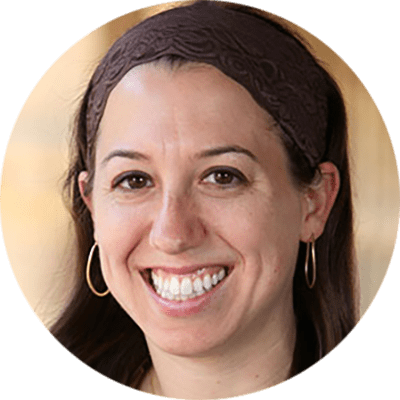
Teaching Tanakh: A New Perspective on Pedagogy
As many teachers of Tanakh know, the Tanakh classroom serves as a crucible for interpreting sacred texts, particularly in theologically and denominationally diverse day schools, camps, and beit midrash settings. The question I wish to explore here is: how do Jewish educators navigate the complex landscape of multiple orientations towards Tanakh that they might find in the seats of their classroom and make sure to empower all their students as interpreters? Central to my own Tanakh teaching, at almost every grade level, in almost every type of day school context, is the realization that my students don’t read Tanakh according to the same orientations or literacy practices, but it would be helpful if they did—at least for the duration of my class.
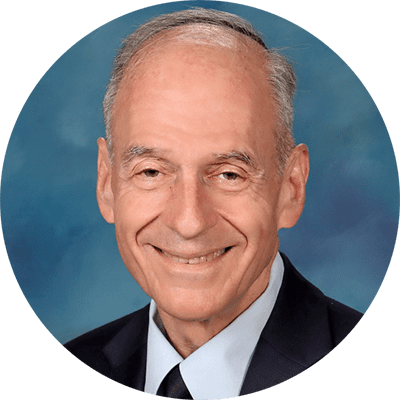
Tanakh Study and Reader Response
“My students insist on translating every pasuk (verse) into English and then using their translation to answer the questions. How can I get them to work from the makor (original text)?”“When I give in to their learned helplessness and teach them an interpretation, they can’t identify the problem in the pasuk that the interpretation comes to solve, and then they get stuck on the one understanding I presented and won’t consider an alternative. How can I help them think for themselves?” “I want my students to identify with the avot (patriarchs) and imahot (matriarchs) and learn from their example. But they somehow can’t relate to them as role models. What am I doing wrong?”Sound familiar? For years these complaints were a constant refrain from my Tanakh-teaching colleagues.
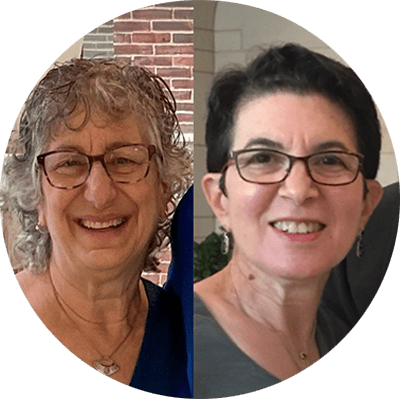
Vision, Lenses, and Focus: Bringing Clarity to Tanakh Curriculum with Standards
Any Tanakh text, whether narrative or legal, contains an abundance of ideas, elements, and complexities, and has the potential to raise countless questions. How does a school community decide which of them to pursue?Nechama Leibowitz, quoted by Shmuel Peerless in To Study and to Teach: The Methodology of Nechama Leibowitz, wrote that educators have……to decide what to leave out and what topics should not be touched, because it is pointless to tackle a number of different topics and problems superficially or incidentally in a chapter. It is preferable to concentrate on just a few topics, but in depth (p. 15). Standards serve as powerful tools for deliberating about a vision for Tanakh education and for shaping Tanakh curriculum once the school’s vision is clear.
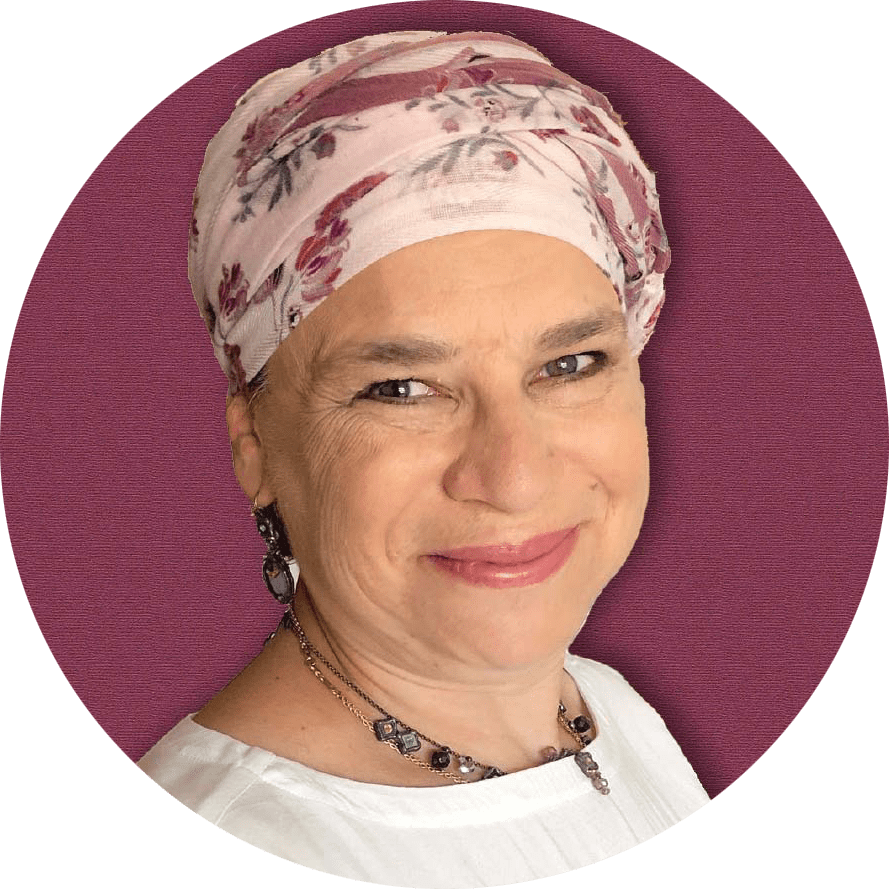
Teaching Tanakh to Weaker Students
In my roles as a Tanakh teacher and an instructional coach, my goal is to inspire Tanakh students to become engaged, proud, and even passionate Jews, fluent in Jewish literacy and deeply committed to the future of Jewish education and community. This goal is daunting under the best of circumstances; when teaching Tanakh to weaker students, it becomes more so. In this article I will outline some of the most ubiquitous challenges that arise from teaching Tanakh to weaker students and offer suggestions for navigating them based on my own experience as well as conversations with other educators and research from the field. I believe that navigating these challenges requires both modifications in practice and shifts in mindset, and I will outline each of them.
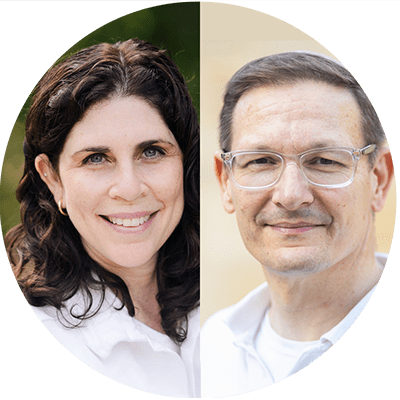
Student-Centered Learning in the Tanakh Classroom
For the past decade, educators have been using the term student-centered learning (SCL) but still finding it tricky and challenging to apply to the Tanakh classroom for a variety of reasons. One is the amount of time teachers must dedicate not only to teaching content but also to developing textual reading skills. Another is that teachers might feel reluctant to engage in a pedagogy they feel allows for too much free thinking and not enough respect for the mesorah, classical commentators, and tradition in general. Here we offer tips and strategies for how to introduce SCL into the Tanakh classroom in large and small ways. Differentiation and Social-Emotional Learning Are you differentiating in your classroom? Great! That’s one time-tested way to employ SCL in the Tanakh classroom.
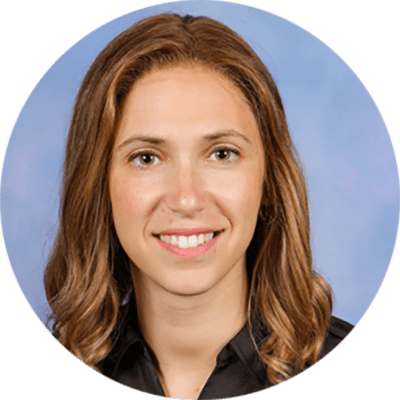
Outside the Box: A Values-Based Approach to Parashat Hashavua
Tanakh in dialogueWhat position does the Tanakh occupy in the life of an early teen? For many, the Tanakh resides in the mental box into which school is commonly placed—a box of academic pursuits, Hebrew language and grammar, Jewish history and Biblical knowledge. There is nothing innately wrong with this, to the contrary, Tanakh study certainly can and does involve these important elements. But a missed opportunity arises when compartmentalisation precludes Tanakh from forming dialogue with the other “boxes” that rise to prominence in the early teen years.Early teenagehood is often marked by questioning and exploration as students begin a journey of seeking to understand that which may have previously gone unquestioned.

Building Tanakh Skills One Step at a Time With Manipulative Materials
“Give a man a fish,” the saying goes, “and you feed him for a day. Teach a man to fish and you feed him for a lifetime.” At Netivot, we have developed a Tanakh program that gives each child the personalized gift of feeding himself for a lifetime. The Montessori method is predicated upon the idea that each child, if provided developmentally appropriate opportunities, will inherently learn and grow and master at each phase of development according to his own individual needs. For this reason, in our classrooms, the expectation is not for children to memorize translations of text “chorally,” but rather to develop individually the skills to translate for themselves. Using key elements of the Montessori method, our students build a series of skills that allow them to tackle pesukim independently.

Bringing Nechama Leibowitz Into the Classroom
The written legacy of Nechama Leibowitz, in her gilyonot and books, has served and continues to serve as the basis for Torah study for many serious students of parashat hashavua, Tanakh, and parshanut. Her teaching methodology, as experienced by one of the authors of this article in 1988-89, in her weekly classes in her apartment in Jerusalem and in her weekly shiur at the Gruss Kollel, served as a model for how to teach Torah. Certain elements have been adapted, but we have found that her principle of encouraging independent thinking and individualized feedback gives students in middle school a personal connection with the text and empowers them to continue in their Torah study with positivity and self- assurance.
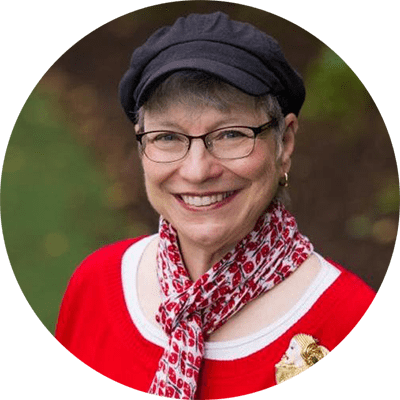
Opening the Middle School Window to Midrash
A number of years ago, when I was teaching the sections in Genesis about Abraham and Sarah to a girls’ middle school class, one of my students raised her hand and said, “I don’t like how much is missing in the Torah.” I asked her what she meant and she replied, thinking like a typical middle schooler, “Like, what did Abraham and Sarah talk about at night when they were just sitting around their tent?” After responding facetiously that Sarah probably asked Abraham what he thought about her new burka, I took the moment to answer the class seriously. This was a wonderful opportunity to deeply introduce my students to midrash as one way to fill in the “blanks” in the Torah text, to delve into the “spaces” in the text, and to teach us moral messages with which to inform our own lives.
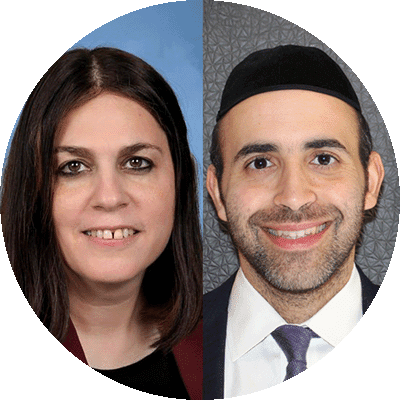
The Barkai Method for Teaching Humash
In the introduction to his book Who Knows Twelve, Rabbi Berel Wein explores a troubling phenomenon: the growing disconnect between the Jewish people and their sacred texts. Whatever the causes for its decline may have been, many Jewish day schools today are attempting to reinvigorate the study of Tanakh, recognizing its fundamental role in Jewish identity and education. Maimonides codified the necessity of studying Tanakh in Hilkhot Talmud Torah (1:7), asserting that it is a crucial component of Jewish life. Today, there is a growing recognition of the need to revive these ancient texts, which hold profound significance for Zionism, community, ethics, spirituality, identity, and much more. One noteworthy example of this revival is the Barkai educational system, developed in Israel by Rav Dan Be’eri more than 40 years ago.
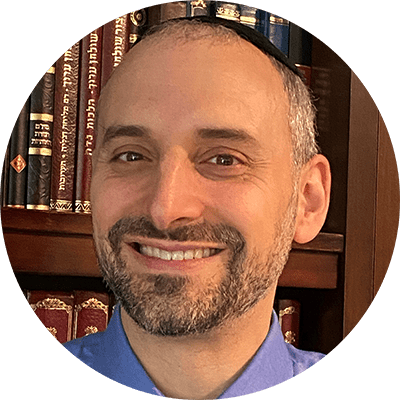
Introducing Sod Into the Tanakh Classroom
In my years of teaching Neviim and Ketuvim, one of my overarching goals was for students to gain an appreciation of why specific commentaries approached the same text differently. I spent significant time on both peshat and derash approaches, highlighting the strengths and weaknesses of each interpretation’s handling of textual issues. One experiment with introducing sod resonated deeply with some of the students and complemented the other work we were doing. I share that experiment here. Sod (literally, secret) is a mode of hermeneutical interpretation that sees the characters and storyline as being symbolic of fundamental themes. Although definitions of sod usually include mysticism, the relation to Kabbalah is only that sod reflects an interpretation that directly addresses giving insight into our relationship with God.

Heroes Within Reach
We read the Bible with the understanding that many of the characters described are our heroes, our Jewish archetypes. We pore over every action, every word, for insight into their thought and character, insight that can inform the same in us. These are not dry annals of the lives of figures from the distant past; these people are as alive today as we are—alive within us, within our synagogues and culture, because we study them so intensively and know them so intimately. Each of us knows the stories so well, that we know what happens between and behind the words.What is a Hero?But what does it mean to consider them heroes? In what sense does, or doesn’t, the Bible portray them as such? And more importantly, how does the Bible express what a hero is, and what makes someone heroic?
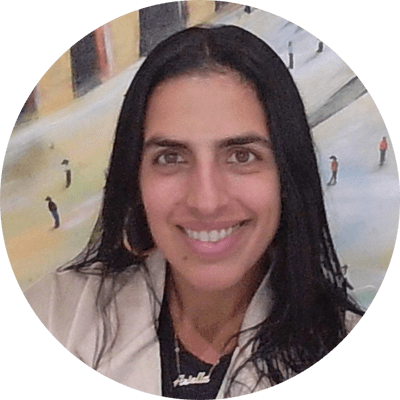
Tanakh as a Tool for Building Identity
Jewish tradition holds Torah teachers in high esteem, viewing them as more than just conveyors of knowledge. They are seen as spiritual and moral guides, shaping the character and identity of their students. In The Lonely Man of Faith, Rabbi Soloveitchik emphasizes that the role of the Torah teacher goes beyond intellectual instruction; they facilitate a divine encounter, guiding students toward a deeper connection with God. The Talmud (Bava Metzia 33a) elevates the honor due to a Torah teacher above even that of one’s parents, as the teacher introduces the student to the “world to come” through their instruction—a profound form of giving life. These texts paint a picture of the Torah teacher as a builder of Jewish identity, imparting values that help shape a student’s character and moral foundation.
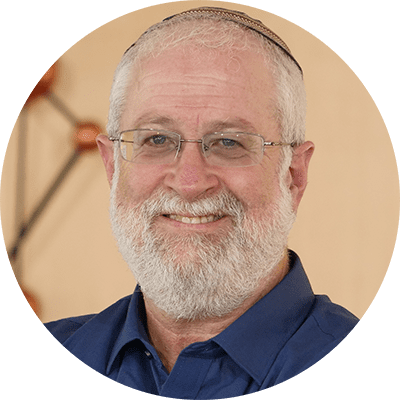
Tanakh as Our Story
Tanakh is the story of the Jewish people. This basic component of our identity and our tradition has tremendous spiritual and educational power which, unfortunately, is often untapped. In the following essay, we aim to show how this idea of Tanakh as the grand narrative of the Jewish people can be developed into a powerful educational opportunity. In tapping into Tanakh’s central narrative feature, we are not merely making Tanakh more interesting for our students. Since the times of Moses, the Jewish people has known that a good story does more than just pique an audience’s interest. In the words of Rabbi Sacks, “The Israelites had not yet left Egypt, and yet already Moses was telling them how to tell the story. That is the extraordinary fact. Why so? Why this obsession with storytelling?
Reach 10,000 Jewish educational professionals. Advertise in the upcoming issue of Jewish Educational Leadership.


